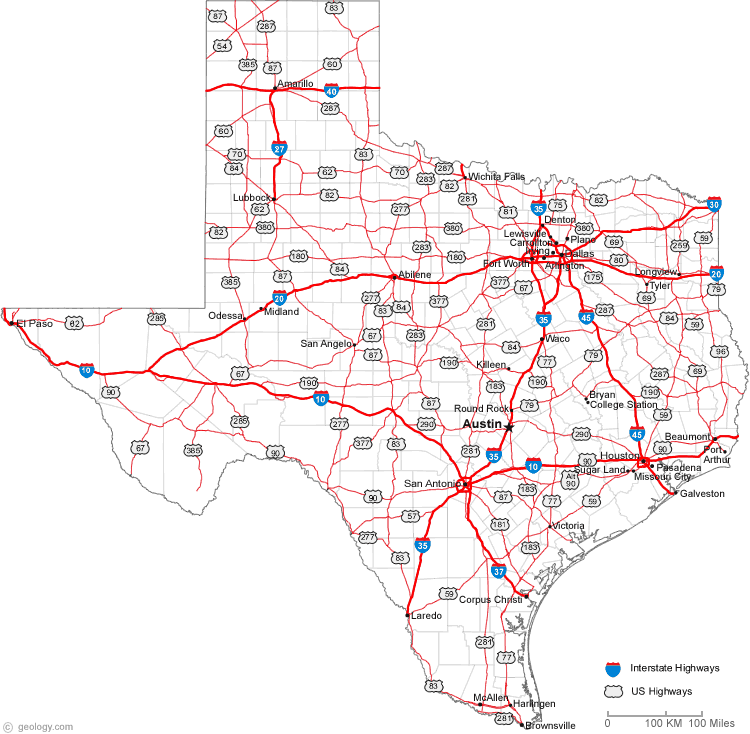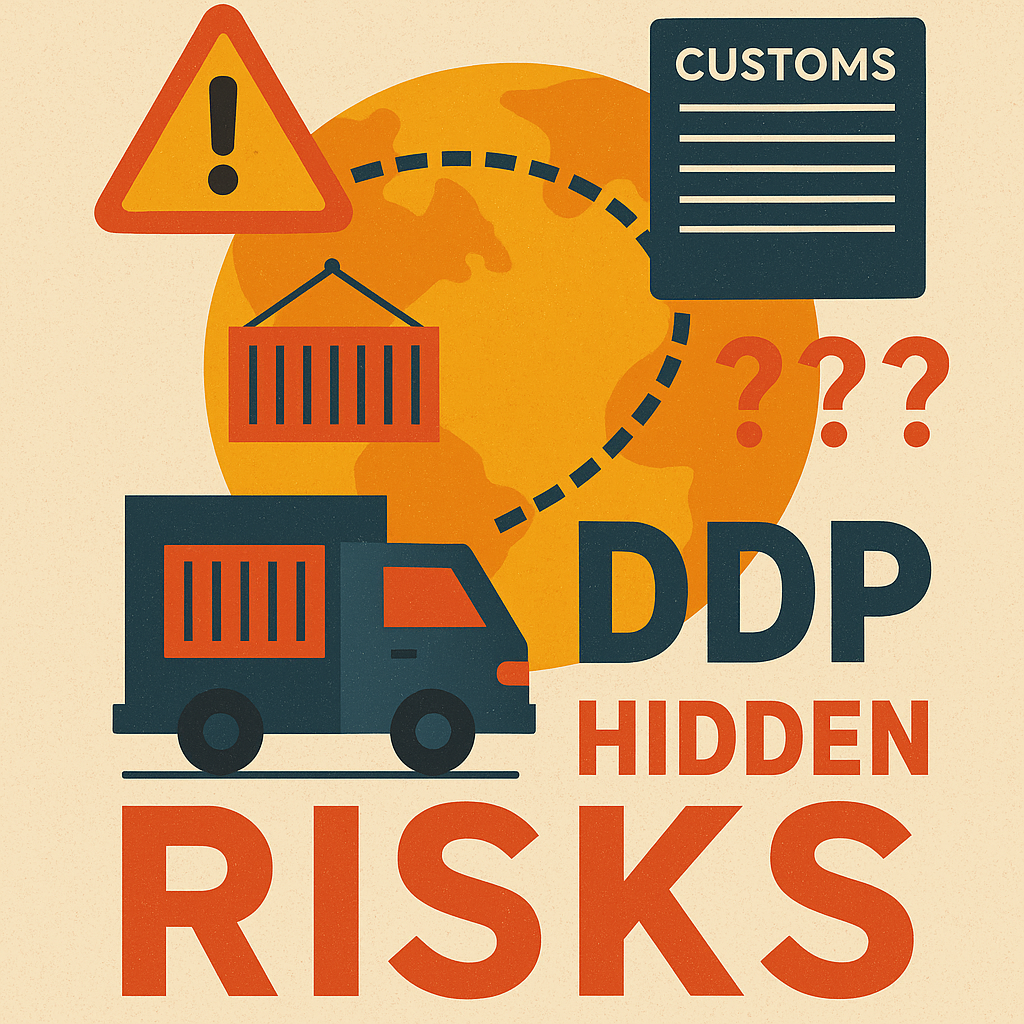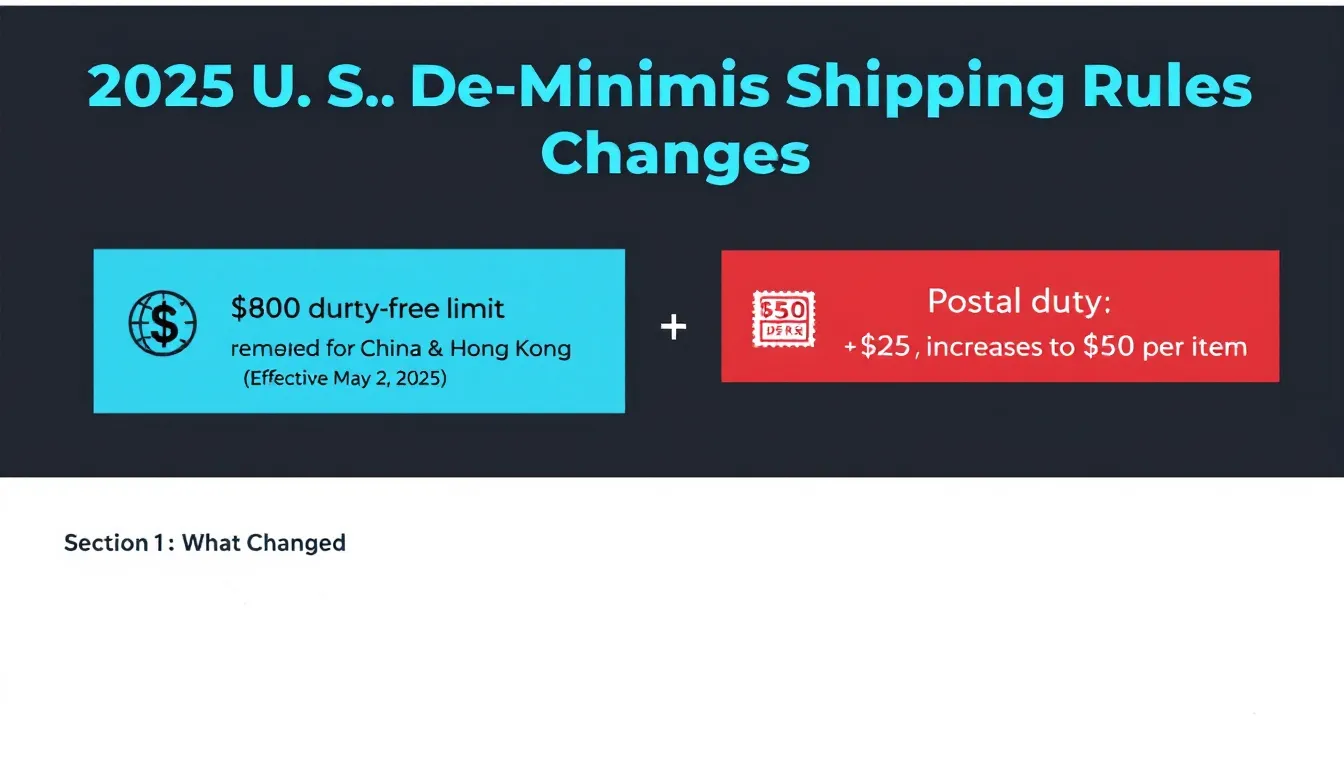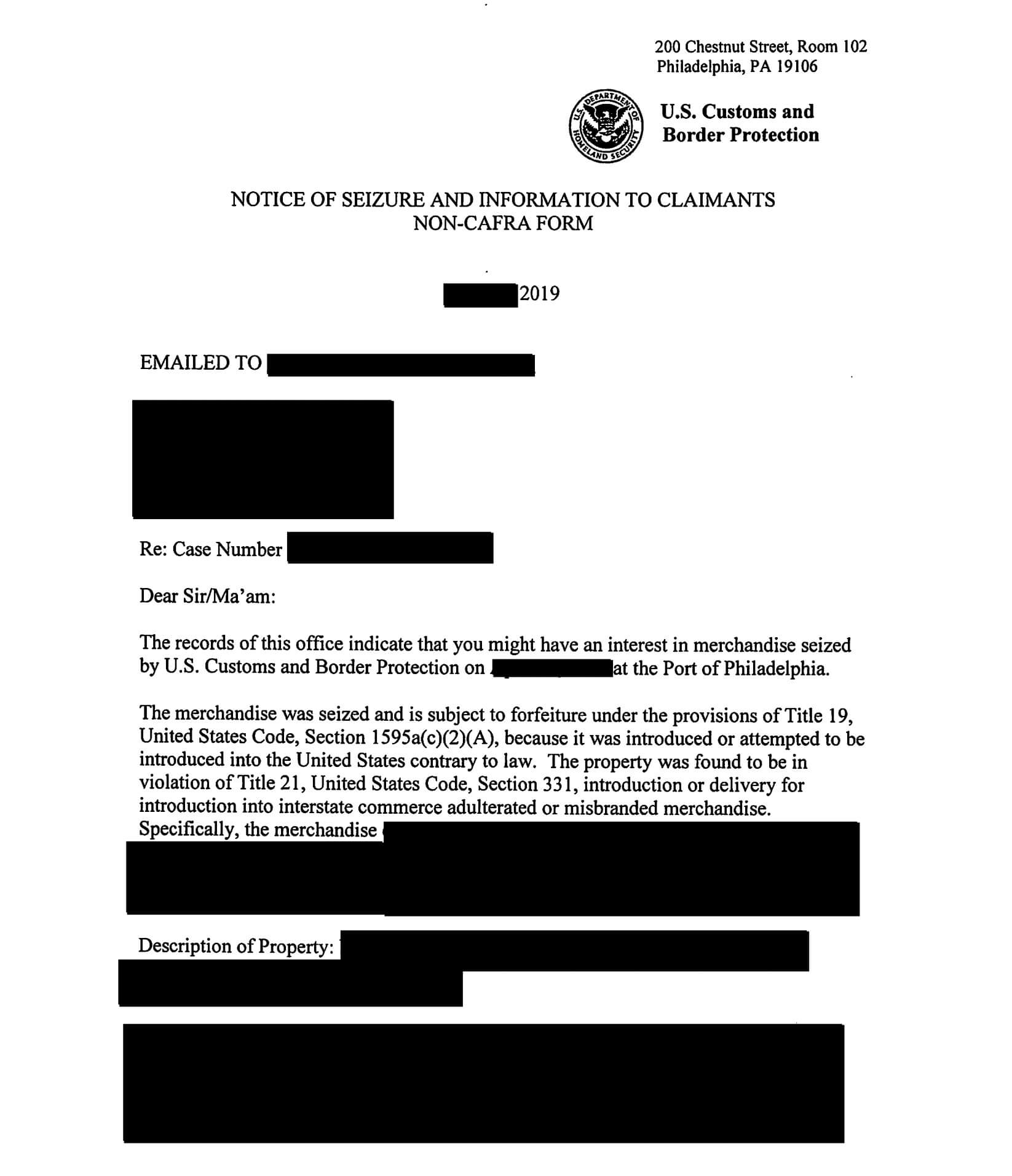How to Import to the US
The US market can be an exciting and lucrative challenge for international businesses. Succeeding in the US market can take your product or business to the next level. Certainly the biggest hurdle to approaching the US market for your product or business is how to actually get it into the country. The US import regulations are governed by a multitude of agencies of codes but will be enforced by the US Customs and Border Protection (CBP) under the Department of Homeland Security. The basic steps to import to the US are: identify what agencies and regs are applicable, prepare the entry documentation, set up your supply chain, and to clear your products through customs.
The first step in importing to the US is to classify the item in the Harmonized Tariff Schedule of the United States (HTS), which is an exhaustive list of nearly every product that can be imported. The HTS will list the item, the HTS number, how the quantities are measured, and importantly the tariffs that will be applicable. The rates of duty has three rates that may apply. Column 1 contains the countries covered by normal trade relations which are the General Rate and the Special Rate. While Column 2 contains the rate for countries which have not achieved normal trade relations status. Currently there are only two countries where Column 2 rate applies: Cuba and North Korea.
Within the normal trade relations tariff rates you may qualify for any special rates which typically offer a greatly reduced rate or sometimes tariff free. To find out the rules for your product and any applicable special rates, you must consult the HTS General Notes, which are at the beginning of the HTS. These can be rather complex given that most products are the result of manufacturing of many different countries. It is recommended that you consult with a trade attorney or an experienced customs broker to make sure you choose the correct HTS number and appropriate tariff rate. CBP requires the importer to self report the HTS number and tariff rate but any omissions or mistakes can result in major penalties or seizure of your goods. If you are shopping for manufacturers or have flexibility in sourcing your products, reviewing special tariff rates can be a great way to get a jump on the competition and save even more in overhead costs.
After you have identified the proper HTS classification, the next step is to research which import regulations and agencies will apply to your imports. These can be very diverse from the generally well known agencies such as FDA, USDA, FCC to the more obscure agencies like the CDC, CPSC, and DOT. Depending on the type of product and the purpose of the import one or more agencies may be involved with clearing your imports. CBP will always be involved with clearing your products but will liaison with the appropriate other agencies to ensure that all regulations are met.
These import regulations can be rather mundane but they are essential for ensuring that your product is cleared properly. Some of these regulations include: labelling requirements, safety certification/compliance, product testing, packaging requirements, and even pre-import clearance/authorization. Should CBP flag your shipment and one required component of any applicable regulations will risk your shipment being seized and possibly destroyed (not all seizures allow for export of the product back out of the US). You may also face fines and penalties for failure to comply with necessary import regulations.
After you have explored and identified the applicable regulations for importing your product, the next step will be to work with your freight forwarder or customs broker (often these are in-house with the shipping company) to prepare the import documentation. There are some standard import forms that you will need for every import to the US and there are some that will only apply to certain products and circumstances. The standard forms include: CF1705 which is the official import form that every shipment requires, CF301 which is the proof of your entry bond,
Ultimately, your customs broker or freight forwarder will complete these forms or assist you in completing them before they ship the product. But, caution when relying on your shipper too much. Often we have had importers contact us to help clear their seized goods after their shipper prepared the standard import forms without researching or preparing the additional paperwork needed for that circumstance.
As you prepare the entry documentation you will be piecing together the specifics of your supply chain. You will need to know how your product will get from the manufacturer to the sending port, to the receiving port, to the warehouse, and ultimately to your customer. There are companies who offer full service logistics but this convenience often comes with a hefty price tag. For small and medium importers it can be worth the time to research and shop around each piece of the supply chain. We often assist our foreign clients in putting together a dependable and flexible supply chain to suit their needs. It may take some time but the rewards can help spearhead your entry to the US market.
Lastly, you will actually clear your product through customs when it arrives. This step may require some action on your part or it may be completely handled by your freight forwarder or customs broker. Just be aware of what may be required of you and be available to help expedite clearance through customs. If there is an issue, you can work with your freight forwarder or customs broker to get the shipment cleared as soon as possible.
Reidel Law Firm helps importers around the world enter the US market everyday. Give us a call to find out how we can help expand your product to the biggest market in the world, we’ll be happy to chat with you about the opportunities. Reach us at +1(832)510-3292 or online using the email form below.






